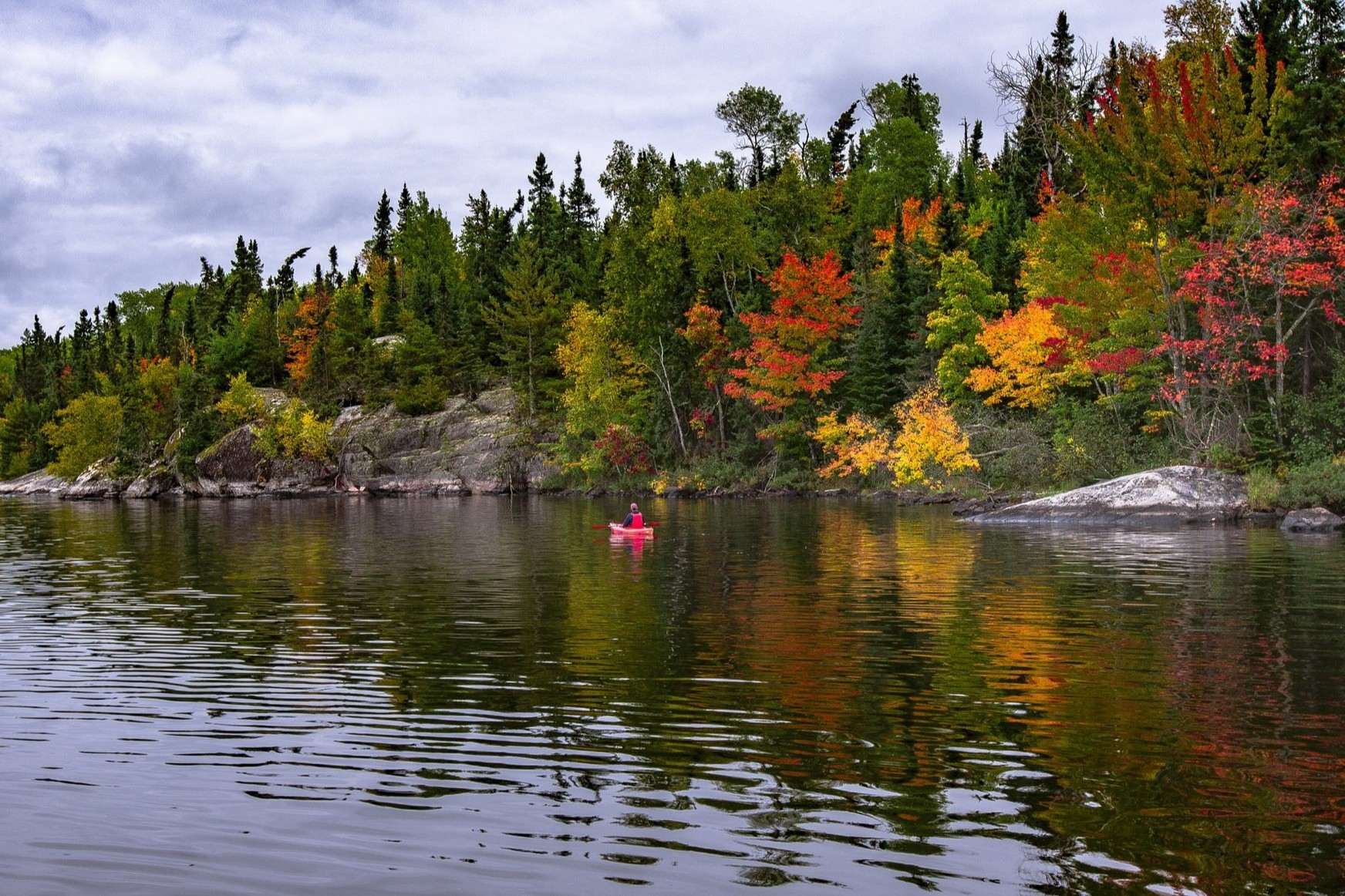Hidden Trading Posts Along Minnesota’s Voyageurs Waterway

Have you ever wondered about the hidden trading posts along Minnesota's Voyageurs Waterway? This historic route, once bustling with fur traders, holds secrets waiting to be discovered. Imagine paddling through serene lakes, surrounded by dense forests, and stumbling upon remnants of old trading posts. These spots offer a glimpse into the past, where traders exchanged goods and stories. Whether you're an avid history buff or just love outdoor adventures, exploring these hidden gems can be a thrilling experience. Pack your canoe, grab a map, and get ready to uncover the mysteries of Minnesota's Voyageurs Waterway.
Hidden Trading Posts Along Minnesota's Voyageurs Waterway
Minnesota's Voyageurs Waterway is a treasure trove of history and natural beauty. This network of lakes and rivers once served as a bustling trade route for fur traders and explorers. Today, it offers a glimpse into the past with hidden trading posts that tell stories of adventure and commerce. Let's uncover some of these fascinating spots.
1. Kettle Falls Hotel
Kettle Falls Hotel is a gem nestled within Voyageurs National Park. This historic hotel was built in 1910 and served as a trading post for fur traders and loggers. The hotel still stands today, offering visitors a unique blend of history and hospitality.
- Location: On the U.S.-Canada border, accessible by boat.
- Highlights: Original architecture, scenic views, and a rich history of trade and travel.
2. Grand Portage National Monument
Grand Portage National Monument is a significant site in the history of the fur trade. This area was a major hub for traders and Native American tribes. The reconstructed trading post and visitor center provide a detailed look into the past.
- Location: Near the northeastern tip of Minnesota, along Lake Superior.
- Highlights: Reconstructed trading post, interactive exhibits, and guided tours.
3. Crane Lake
Crane Lake is a gateway to the Boundary Waters Canoe Area Wilderness and a historic trading post site. Traders and voyageurs used this area as a starting point for their journeys into the wilderness.
- Location: On the edge of the Boundary Waters Canoe Area Wilderness.
- Highlights: Pristine wilderness, canoe routes, and historical significance.
4. Rainy Lake
Rainy Lake played a crucial role in the fur trade era. The lake's islands and shores were dotted with trading posts and camps. Today, visitors can explore the lake's rich history and enjoy its natural beauty.
- Location: On the U.S.-Canada border, part of Voyageurs National Park.
- Highlights: Historic sites, fishing, and boating opportunities.
5. Fort St. Charles
Fort St. Charles is a reconstructed fur trading post that offers a glimpse into the life of early traders. The fort was originally built in the 1730s by French explorers and traders.
- Location: On Magnuson's Island in Lake of the Woods.
- Highlights: Reconstructed fort, historical reenactments, and educational programs.
6. Lac La Croix
Lac La Croix is a remote lake that was a vital part of the fur trade route. Traders used this lake as a key stopover point. The area is now known for its stunning natural beauty and historical significance.
- Location: On the U.S.-Canada border, within the Boundary Waters Canoe Area Wilderness.
- Highlights: Remote wilderness, historical sites, and excellent fishing.
7. Vermilion River
The Vermilion River was another important route for fur traders. The river's fast-flowing waters provided a challenging but essential path for trade. Today, the river is popular for its scenic beauty and recreational opportunities.
- Location: Flowing from Lake Vermilion to Crane Lake.
- Highlights: Scenic river routes, fishing, and historical significance.
8. Ash River
Ash River served as a crucial link in the fur trade network. Traders used this river to transport goods between Rainy Lake and Kabetogama Lake. The area is now a popular spot for outdoor enthusiasts.
- Location: Connecting Rainy Lake and Kabetogama Lake.
- Highlights: Beautiful river scenery, hiking trails, and historical sites.
9. Namakan Lake
Namakan Lake was a bustling hub during the fur trade era. The lake's many islands and bays provided ideal locations for trading posts. Visitors can explore the lake's history and enjoy its natural beauty.
- Location: Part of Voyageurs National Park, on the U.S.-Canada border.
- Highlights: Island exploration, boating, and historical landmarks.
10. Sand Point Lake
Sand Point Lake was a key trading post location for voyageurs. The lake's strategic position made it an essential stop for traders. Today, it offers a peaceful retreat with a rich historical background.
- Location: On the U.S.-Canada border, near Crane Lake.
- Highlights: Tranquil waters, fishing, and historical significance.
Discovering Minnesota's Hidden Trading Posts
Exploring Minnesota's Voyageurs Waterway reveals a rich tapestry of history and adventure. Hidden trading posts along this route offer a glimpse into the past, where fur traders and voyageurs once thrived. These spots, often overlooked, provide unique experiences for modern explorers. Paddling through these waters, you can almost hear the echoes of old trade canoes and bustling marketplaces.
Visiting these trading posts isn't just about history; it's about connecting with nature and understanding the region's cultural heritage. Each stop along the waterway tells a story, from the rugged landscapes to the remnants of old trading routes. Whether you're a history buff or an outdoor enthusiast, these hidden gems offer something special.
Plan your trip, pack your gear, and set out to uncover the secrets of Minnesota's Voyageurs Waterway. Adventure and history await at every turn.

